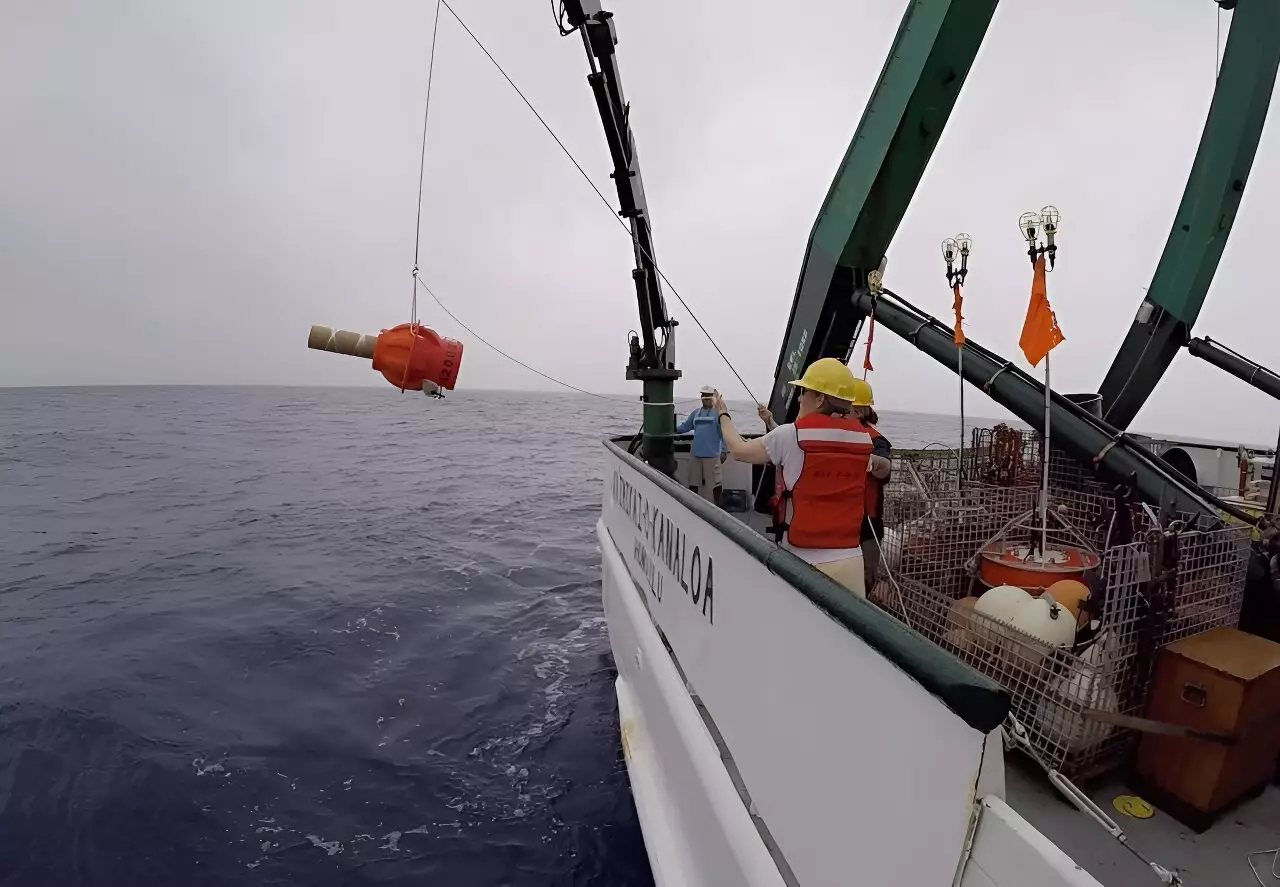

Recent studies underscore a compelling concern about the health of our oceans, specifically the deep-sea regions that are becoming increasingly warmer. An article published in Geophysical Research Letters on September 19 highlights the use of innovative Deep Argo floats, which paired with historical data, are reinforcing our understanding of deep ocean warming. Scientists have now established that certain areas of the global deep ocean are warming at an alarming rate of approximately 0.0036 to 0.0072°F (0.002 to 0.004°C) annually.
Ocean warming is not merely a peripheral issue; it is, in fact, a driving force behind broader climate change phenomena. Greg Johnson, an oceanographer from NOAA’s Pacific Marine Environmental Lab, emphasizes that this warming trend is critical for understanding global temperature rises. The deep ocean functions as a significant reservoir of heat, and any changes in its temperature will reverberate through ecosystems and weather patterns worldwide. By affirming earlier findings, this research diminishes the uncertainties surrounding global ocean heat uptake, particularly in waters deeper than 1.2 miles (2,000 meters), an area pivotal for predicting sea level changes and extreme weather events.
One of the noteworthy contributions of the recent research is its detailed mapping of geographic disparities in deep ocean warming. Areas off the coast of Antarctica, identified as a warming hotspot, illustrate the complexity of ocean currents, known as the global meridional overturning circulation. These currents play a key role in regulating climate patterns across the globe. The findings also highlight warming off Greenland, where surface warming and ice melt have disrupted the inflow of cold, dense waters that typically sinks to the ocean depths.
The analysis of these geographic patterns provides critical insights, allowing scientists to make more nuanced predictions about future climate scenarios, including variations in sea levels and shifts in tropical cyclone behaviors.
The implications of this enhanced understanding extend far beyond scientific circles and into the realm of public policy and preparedness. By refining climate models to incorporate detailed data on deep ocean warming, it becomes feasible to anticipate changes in ocean and air temperatures, which could drastically affect sea level, precipitation measures, and the frequency and intensity of tropical storms. With communities already grappling with these challenges, understanding the deep ocean’s role is crucial for implementing effective mitigation and adaptation strategies.
The Deep Argo project has ushered in a new era of ocean research since its inception in 2014. Initially launched in the Southwest Pacific, these deep-sea robots can dive to depths of 3.7 miles (6,000 meters) to collect vital data. The expansion of Deep Argo floats into various regions, including the South Atlantic and Indian Oceans, has significantly bolstered the global observation network. However, experts like Johnson stress the importance of developing a comprehensive global array of Deep Argo floats to fully grasp the trends in ocean warming over time.
This growing network is crucial for accurately tracking and quantifying how the ocean’s warming rate may be changing and for predicting longer-term climate changes. The reliance on fewer measurements led to uncertainties in earlier assessments, but the introduction of Deep Argo has reduced those doubts considerably, fostering a deeper understanding of evolving temperature and salinity patterns.
As we stand at this critical intersection of oceanic data collection and climate science, it is clear that our future depends on our commitment to understanding the intricate workings of the world’s oceans. The Deep Argo project exemplifies the innovative approaches needed to tackle climate challenges. With continuous advancements in monitoring technologies and improved data analysis, scientists aim to unravel the complex dynamics of ocean systems, ultimately informing global responses to climate change. The deep ocean is the unseen engine of our planet’s climate, and understanding its secrets is fundamental to safeguarding our future.
A groundbreaking discovery by scientists at the University of Manchester is poised to reshape the…
In an era marked by rapid ecological change, the quest for understanding environmental pollutants like…
The meteoric rise of artificial intelligence (AI) technologies is not without significant implications on our…
The landscape of quantum computing is on the verge of transformative progress, fueled by groundbreaking…
Schizophrenia is not merely a mental health issue; it is a multifaceted condition that wreaks…
Recent scientific research has illuminated the intricate web that ties our dietary choices to the…
This website uses cookies.